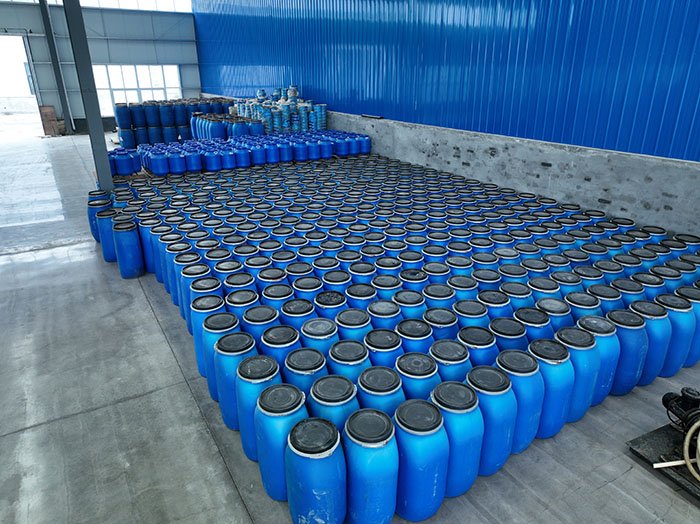Asphalt anti stripping agent is mainly used to improve the bonding performance between asphalt and aggregate, prevent peeling caused by water infiltration, and thus enhance the durability of asphalt mixtures. Its application scenarios cover multiple fields, including:
1、Typical application scenarios
1. Rainy or humid areas
Problem: Rainwater infiltration causes the asphalt film to peel off from the surface of the aggregate, resulting in looseness and potholes.
Solution: Add anti stripping agents (such as amines and lime) to enhance the adhesion between asphalt and acidic aggregates (such as granite and quartzite).
Case: Amine anti stripping agents are commonly used in areas with long rainy seasons in southern China, such as Guangdong and Fujian.
2. Acidic aggregate (high SiO ₂ content)
Problem: Acidic aggregates (such as granite) have poor adhesion with asphalt and are easily damaged by moisture.
Countermeasure: Add hydrated lime (1%~2% as a substitute for mineral powder) or liquid amine anti stripping agent (0.2%~0.4%).
Verification method: Water boiling method (ASTM D3625) or immersion Marshall test (residual stability ≥ 80%).
3. High grade highways and heavy traffic sections
Problem: The repeated action of vehicle loads accelerates water erosion, leading to peeling and rutting.
Measures: SBS modified asphalt+anti stripping agent (such as organosilicon) is used in combination to improve high-temperature stability and bonding strength.
Case: The heavy-duty section of the Beijing Hong Kong Macau Expressway adopts dual protection of hydrated lime and polymer modifier.
4. Bridge deck paving and tunnel asphalt layer
Special needs: Long term exposure to humid environments and difficult maintenance.
Solution: Use epoxy asphalt or add chemical anti stripping agents (such as silane coupling agents).
Standard: The soaked splitting strength ratio (TSR) is ≥ 90% (JT/T 860-2013).
5. Recycled Asphalt Mixture (RAP)
Problem: Old asphalt is aging and its adhesion with new aggregate is decreasing.
Solution: Add anti stripping components (such as fatty acids) to the rejuvenator to restore bonding performance.
6. Plateau or areas with frequent freeze-thaw cycles
Challenge: Freeze thaw cycles accelerate water infiltration and detachment.
Response: Combination use of anti stripping agent and antifreeze agent (such as calcium chloride), such as in some sections of the Qinghai Tibet Plateau.
2、Precautions for use
1. Dosage control: Excessive addition may reduce the high-temperature performance of asphalt (such as amine recommended dosage of 0.3%~0.5%).
2. Compatibility test: The compatibility between the anti stripping agent and asphalt needs to be confirmed through the segregation test (ASTM D7173).
3. Long term effectiveness: Some amine anti stripping agents may degrade over time, and aging resistant types (such as polymer amines) should be selected.
4. Construction temperature: Some chemical anti stripping agents require precise temperature control during mixing (such as silane agents requiring 160-170 ℃).
3、Future Trends
1. Nano anti stripping agent: such as nano clay modified asphalt, which has both anti stripping and anti UV aging functions.
2. Self repair technology: Microencapsulated anti stripping agent releases repair components when cracks appear.
Summary: The core value of anti stripping agents lies in "preventing water damage", which needs to be selected comprehensively based on the engineering environment, aggregate characteristics, and cost, and verified through experiments.


